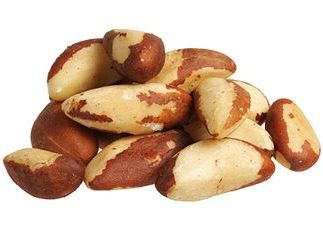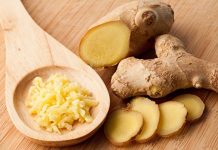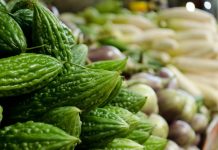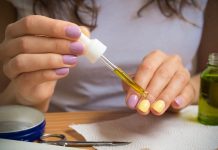A large new study conducted in the United States has shown that those who have a diet that is rich in selenium could have lower risk of developing diabetes.
The study observed about seven thousand health care professionals over decades to arrive at their conclusions.
How selenium can help lower diabetes risk
Selenium is a known antioxidant and is also known to have several health benefits. Some of the sources of selenium are nuts, bread, meat and garlic. Not only is garlic flavorful as a food additive, it also helps to fight bacteria, viruses and parasites.
 In addition, the volatile oil in garlic called allicin, is known to lower blood pressure and help in weight loss.
In addition, the volatile oil in garlic called allicin, is known to lower blood pressure and help in weight loss.
Selenium is found not only in these foods, in some places higher concentrations of it in the soil could mean that food produced in the region has naturally higher selenium content.
Antioxidants such as selenium are known to offer protection against several conditions of a chronic nature and selenium supplements have become quite popular in recent times.
Experts have however urged that wanting to avoid diabetes risk doesn’t mean we have to rush out and start on selenium supplements just yet.
Though selenium toxicity is rare, it could cause problems such mild nerve damage, stomach problems and hair loss.
Researchers have also said that it could be other lifestyle factors that contributed to lower diabetes risk in those with higher selenium intake.
Importance of selenium for health
Selenium is vitally important for the proper production of the thyroid hormone in the body. It is also a key nutrient for the proper functioning of the body’s immune system and research has also shown that it can slow down the progression of HIV to full blown AIDS.
Selenium is also connected to reproductive health. It is thought that adequate selenium levels can help to prevent miscarriages. Not only that, it is required for sperm motility.
While deficiency in selenium is linked to mood disturbances, adequate levels of the mineral can reduce inflammation and oxidative stress. This in turn helps to lower cancer risk.
Nutritional sources of selenium
Many types of cereals contain selenium. It is also found in meat, eggs, fish, mushrooms and certain nuts. In particular Brazil nuts are seen to have higher levels of the mineral.
To an extent, the mineral is also found in kidney, tuna, lobster and crab. So it may be easy to get all the selenium we need from our food.











